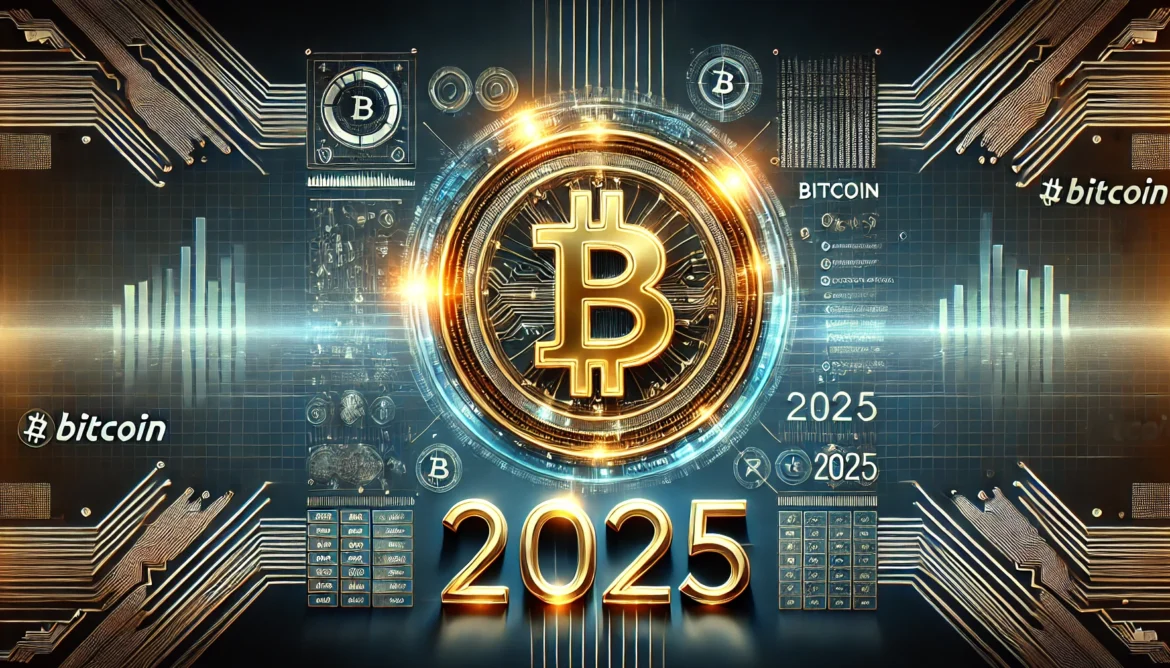Bitcoin leads the digital asset revolution. In June 2025, institutional support, strong legislative signs, and socioeconomic improvements are boosting the first cryptocurrency. Bitcoin, originally a side project for a fringe technology, is today a global financial tool, inflation hedge, and symbol of distributed creativity. Bitcoin rose over 10% in a few days after passing $105,000 in the first week of June. This increase follows consolidation and increased institutional interest, especially from investment funds and corporations. Despite market turmoil, Bitcoin’s fundamentals are gaining long-term support.
Institutional Bitcoin Adoption Surges
Among the most well-known stories in the Bitcoin news scene for 2025 is the ongoing dedication of institutional players. Under the direction of vocal Bitcoin booster Michael Saylor, MicroStrategy keeps growing its already large Bitcoin holdings. MicroStrategy bought an extra 705 Bitcoins for over $75 million between May 26 and June 1, therefore increasing its overall reserves to almost 580,000 BTC. This action highlights a more general trend of publicly traded businesses considering Bitcoin as a main treasury asset. Such acquisitions have effects beyond just market capitalization.
These significant purchases reinforce Bitcoin’s reputation as a “digital gold,” serving as a reliable asset during uncertain economic times. Other businesses, including Tesla, Block Inc., and even smaller fintech startups, are following similar lines—allocating some of their cash reserves to Bitcoin as a hedge against devaluation of fiat money. Furthermore, included in their varied portfolios are Bitcoin assigned by pension funds, family offices, and hedge funds. These movements draw attention to the growing belief among people in cryptocurrencies as a valid asset class rather than only a speculative tool.
Bitcoin’s credibility is shaped by global regulators. Trump signed an executive order creating a Strategic Bitcoin Reserve in March 2025, a landmark U.S. step. By integrating Bitcoin into the nation’s financial defense strategy, the project marks a milestone for cryptocurrencies. Pakistan’s government-backed Pakistan Crypto Council (PCC) promotes crypto innovation and transparency and fights unlawful usage. Governments are developing laws to control, tax, and combine digital assets; thus, similar activities are in progress in areas including the United Arab Emirates, Singapore, and the European Union. Still, control has two sides. While clarity enhances legitimacy, overly harsh measures like mining limitations or transaction bans could bury or offshore activities. The perfect regulatory environment should encourage creativity while safeguarding investors.
ChatGPT said:
One of the hottest issues in the Bitcoin debate is sustainability yet. Despite being secure and distributed, the energy-intensive proof-of-work (PoW) system has faced criticism due to its carbon footprint. A rising number of mining businesses have responded by turning to hydroelectric, solar, and wind energy sources. According to recent scholarly studies released in 2025, around 58% of Bitcoin mining operations now run on some sort of renewable energy.
 Despite regular criticism in Bitcoin mining discussions, the amount of electronic waste has significantly decreased. To limit landfill waste, the sector resells, repurposes, or recycles many ASIC miners. The Bitcoin Mining Council and environmental non-profits are promoting sustainable crypto operations, allowing Bitcoin to grow without harming the environment.
Despite regular criticism in Bitcoin mining discussions, the amount of electronic waste has significantly decreased. To limit landfill waste, the sector resells, repurposes, or recycles many ASIC miners. The Bitcoin Mining Council and environmental non-profits are promoting sustainable crypto operations, allowing Bitcoin to grow without harming the environment.
Bitcoin Rises as Safe Haven
People often tout Bitcoin as a counterpoint against conventional economic volatility. More investors are looking to Bitcoin as a safe-haven asset as inflation continues to be a worry in both rich and developing nations. Declining faith in central banks, currency devaluation, and growing geopolitical tensions drive the rising attraction of Bitcoin. Meanwhile, the U.S. Federal Reserve’s monetary policy continues to influence the short-term behavior of Bitcoin. With softer inflation data and hints of a probable stop in interest rate increases, risk-on assets like Bitcoin and Ethereum find a suitable setting.
Final thoughts
Bitcoin is still the crypto industry’s main player, but its performance and evolution are increasingly associated with layer-2 solutions like Lightning Network, DeFi protocols, and Web3 infrastructure. Lightning Networks are becoming more popular, especially in locations with poor financial infrastructure, which enhances Bitcoin payment processing. Bitcoin Ordinals and NFT features developed on top of the Bitcoin network have opened up new use cases beyond value transmission, making the coin more relevant and appealing.




